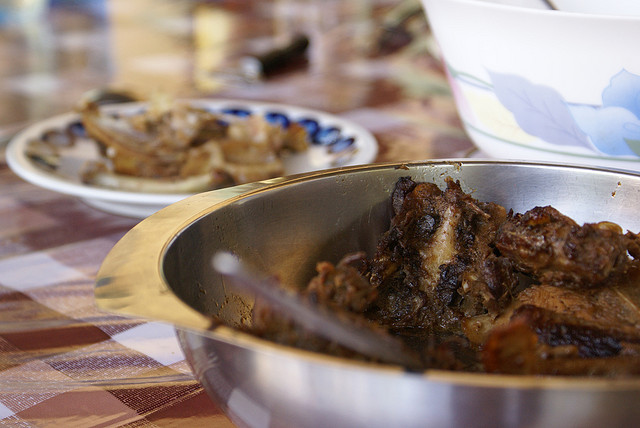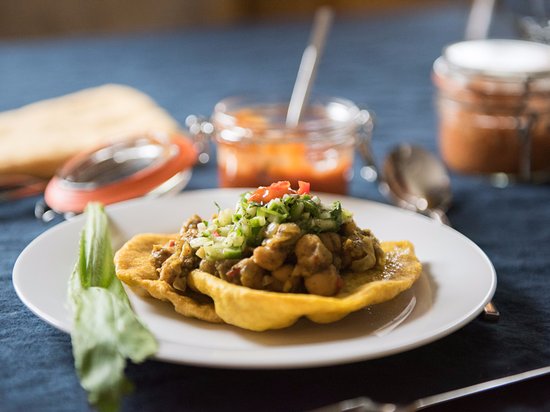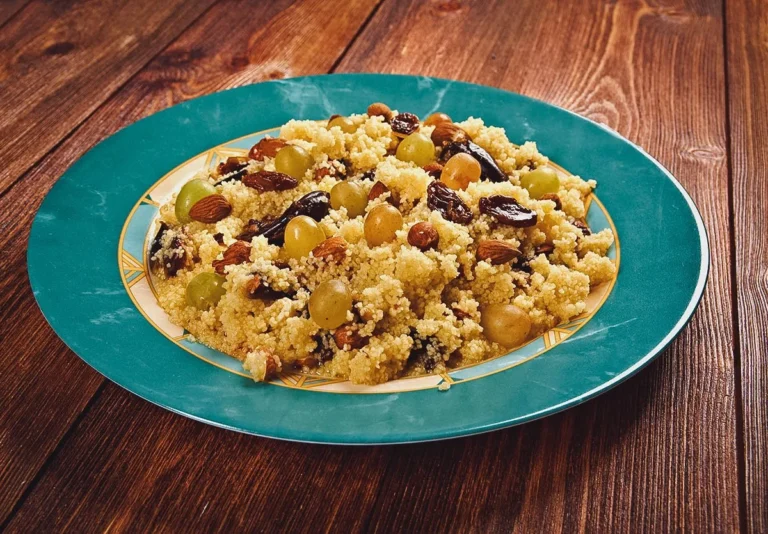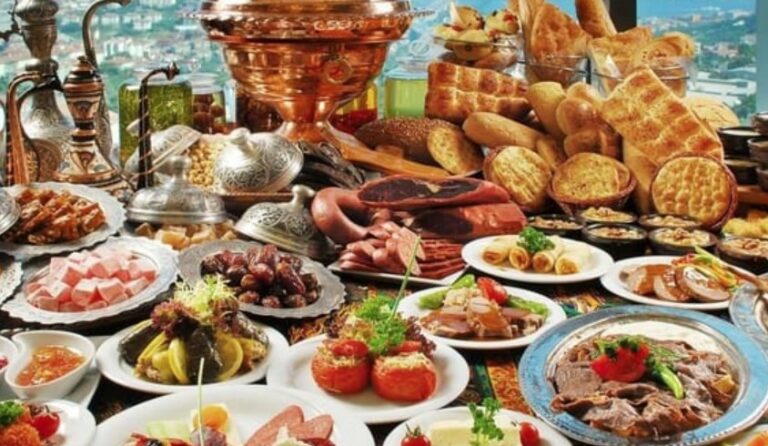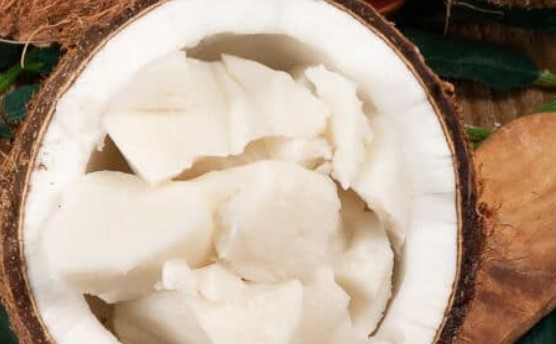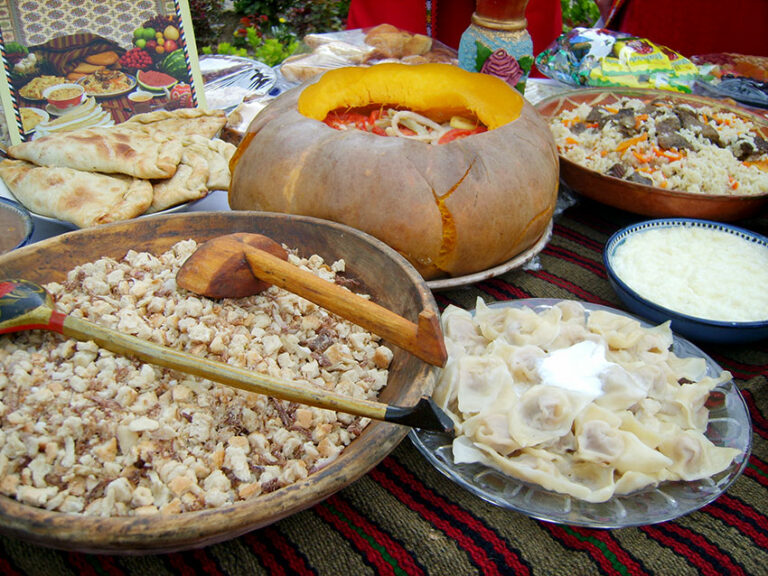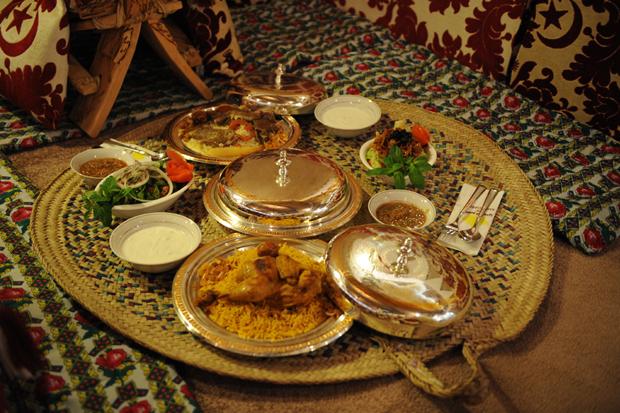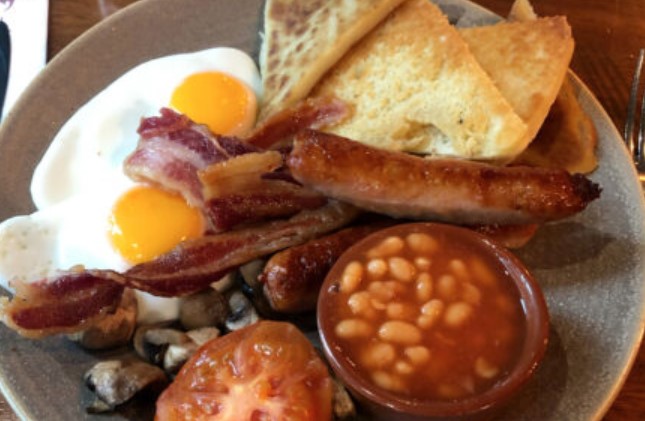Introduction to Togolese Cuisine
Togo is a small West African country that is home to a diverse range of cultures and ethnic groups. The cuisine of Togo is a reflection of this diversity, featuring a variety of ingredients and cooking methods that vary depending on the region and the people who live there. However, one ingredient that is a common thread throughout Togolese cuisine is maize.
Maize: A Staple Food in Togo
Maize, also known as corn, is a type of grain that is widely grown and consumed in Togo. It is a staple food that is used in a variety of dishes, from porridges and stews to breads and snacks. Maize is a versatile ingredient that can be boiled, roasted, fried, or ground into flour. It is also used to make beer and other alcoholic beverages.
Historical Significance of Maize in Togolese Cuisine
Maize has been a part of Togolese cuisine for centuries. It is believed that maize was introduced to the region by Portuguese traders in the 16th century. Since then, it has become an important crop for many Togolese farmers, especially those living in rural areas. Maize has played a significant role in the history and culture of Togo, and is often used in traditional rituals and celebrations.
The Different Ways Maize is Cooked in Togolese Cuisine
Maize is a versatile ingredient that can be cooked in many different ways. One popular dish in Togo is cornmeal porridge, which is made by boiling maize flour in water or milk. Another popular dish is akoume, which is a type of cornmeal dumpling that is steamed and served with soup or stew. Roasted maize is also a popular snack in Togo, especially during harvest season.
Nutritional Value of Maize in Togolese Cuisine
Maize is a nutritious ingredient that is rich in carbohydrates, fiber, and essential vitamins and minerals. It is a good source of energy and can help to reduce the risk of heart disease, diabetes, and other health conditions. Maize is also gluten-free, making it a suitable ingredient for people with celiac disease or gluten intolerance.
Conclusion: The Importance of Maize in Togolese Culture and Cuisine
Maize is a staple food in Togolese cuisine, and has played a significant role in the history and culture of the country. It is a versatile ingredient that can be used in a variety of dishes, from porridges and stews to breads and snacks. Maize is also a nutritious ingredient that provides essential vitamins and minerals. Overall, maize is an important part of Togolese cuisine and culture, and will continue to be a beloved ingredient for generations to come.

